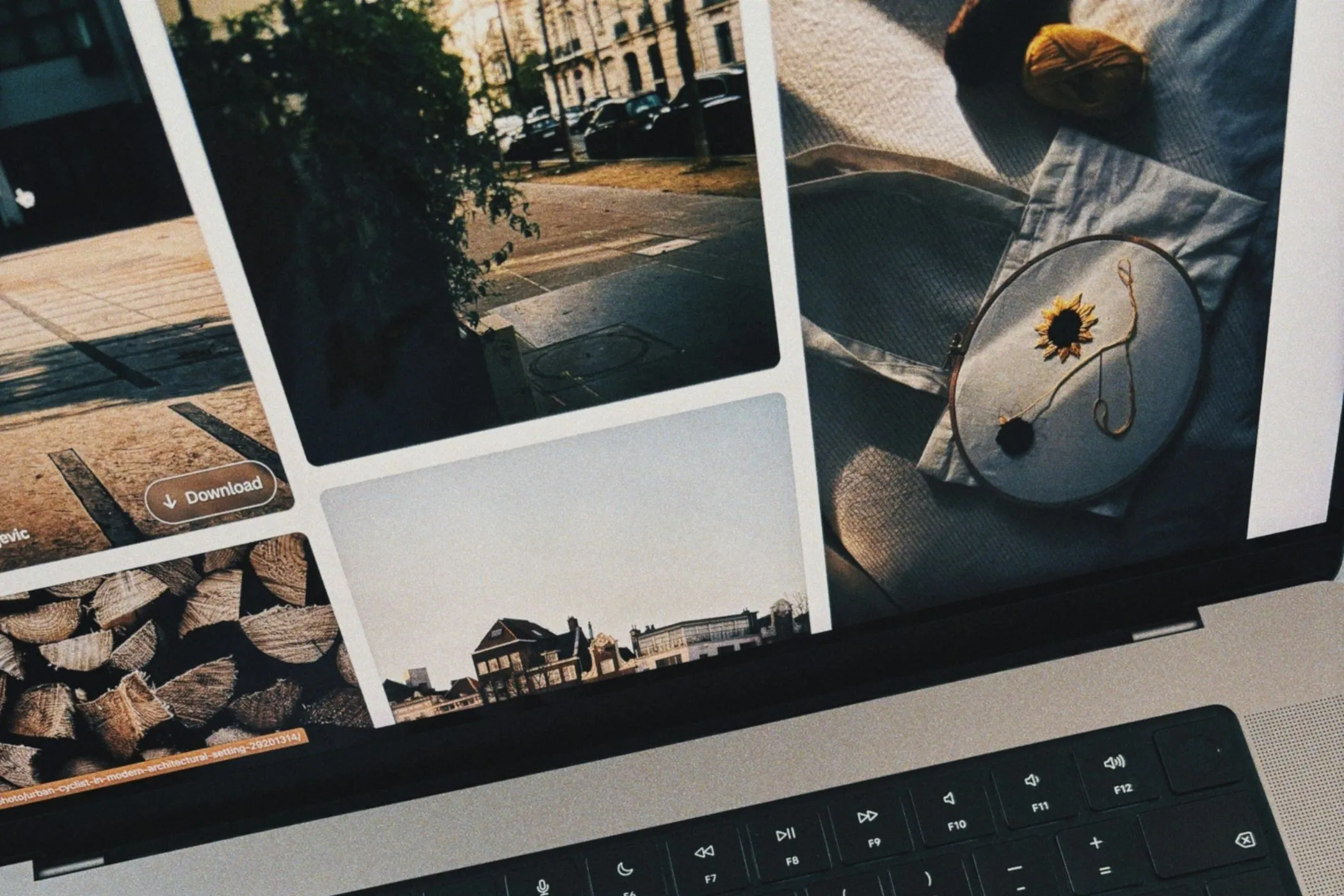How QR Codes Transform the User Journey
Explore how QR codes close the gap between real-world interactions and online engagement — guiding users from awareness to action in a single scan.
Thu Oct 30 2025 • 7 min read

The journey from awareness to action is often fragile. Every extra click, search, or step risks losing someone’s attention. In the physical world, that friction is multiplied — a passerby sees your poster, a shopper handles your packaging, but few will type your URL or remember your campaign later.
QR codes quietly fix that problem.
They compress the distance between interest and engagement into a single scan. And in doing so, they make the user journey not just shorter — but more natural, more measurable, and more human.
The Missing Link Between Offline and Online
Most marketing still splits the world in two: physical materials create awareness, digital platforms create conversion. The bridge between them is weak. QR codes change that.
They make a print ad clickable, a product box interactive, a receipt actionable. Suddenly, offline media can guide users online without effort or delay.
That single motion — the scan — transforms passive curiosity into active engagement. It turns something static into a living interface.
When someone scans your QR code, they’re not just opening a link. They’re continuing a story you started offline.
A Smoother, Measurable Journey
In marketing terms, QR codes reduce friction at every stage of the funnel:
- At awareness, they remove hesitation. The gap between seeing and acting collapses. A potential customer no longer needs to search or type — they just scan.
- At engagement, they make the transition seamless. A poster leads to a sign-up form; a brochure leads to a demo video. The user never has to leave the moment.
- At conversion and retention, they extend trust. Scanning feels voluntary and secure, unlike pop-ups or intrusive ads. It’s the customer choosing to connect — a signal of intent that marketers rarely get so clearly.
But the real magic is in what happens next: you can measure those transitions without invading privacy. Each QR code represents a specific touchpoint — a flyer, a box, a table card — that shows where and when engagement happens. That’s insight without surveillance.
Why QR Codes Feel Natural
The beauty of a QR code is that it feels intuitive. It doesn’t interrupt the experience — it extends it. The user decides when to scan. There’s no forced funnel, no pop-up pressure.
In that way, QR codes bring marketing back to something more respectful: an invitation rather than an intrusion.
The user journey becomes fluid. A scan connects the curiosity sparked by a physical object to the convenience of the web, with no effort or second thought. It’s an elegant gesture — as simple as flipping a page — that connects intention to information instantly.
And because the experience happens on the user’s own device, it feels safe. They’re in control. That sense of agency builds trust — something few tracking methods can claim.
The Emotional Continuity of a Scan
Good marketing doesn’t just capture attention — it sustains emotion. A scan keeps that emotional thread alive.
A customer excited about your product can go deeper immediately: watch a story, sign up, share, or explore. The emotion doesn’t fade between the offline and online steps; it flows.
That’s what makes QR codes so effective: they preserve momentum. They help brands meet users in the moment — when curiosity, intent, and relevance align.
And because every scan is voluntary, each one carries meaning. It’s a moment of genuine interest — not an impression, but an action.
Static vs Dynamic QR Codes
Not all QR codes behave the same way. The difference between static and dynamic codes changes how you manage and track them.
Static QR codes contain the full destination link inside the image itself. Once printed, the content can’t be changed — the code will always lead to that same URL. They’re simple, permanent, and fully privacy-friendly because no middle service handles the scan.
Dynamic QR codes, by contrast, point to a redirect link. When scanned, they first visit a short URL that forwards the user to your real destination. This setup allows you to change the target later or collect analytics like scan counts and locations. It’s flexible, but it usually depends on a third-party platform.
Dynamic codes are popular for large campaigns where you might need to update destinations or run multiple A/B tests. But they often rely on hosted services, which means handing over data you may prefer to keep private.
The Best of Both Worlds
There’s a middle path — one that keeps privacy intact while still giving you meaningful data.
You can generate static QR codes that point to unique URLs or query parameters on your own website. For example:
https://example.com/flyerhttps://example.com/packaginghttps://example.com/?ref=poster
Both options let you track which code was scanned — either by path or by URL parameter — directly in your site analytics. Each variation acts like a mini campaign ID.
If your only goal is to understand which QR was scanned most, query parameters like ?ref=flyer are the easiest, cleanest method:
- No redirects required.
- Analytics platforms automatically log the
reforsourceparameter. - Everything stays local — no external tracking scripts.
You can even strip the parameter after load using a simple script, keeping shared links clean:
<script>
const url = new URL(window.location);
if (url.searchParams.has('ref')) {
url.searchParams.delete('ref');
window.history.replaceState({}, '', url.pathname);
}
</script>This gives you privacy-friendly analytics without extra infrastructure. Each scan becomes a clean data point — showing what’s working, without showing who did it.
It’s a lightweight, transparent way to measure engagement — perfect for small businesses and creators who want insight, not surveillance.
How to Generate QR Codes That Fit Your Brand
Once you understand how QR codes support the user journey, the next step is to design ones that visually fit your brand and purpose.
The Vayce QR Code Generator lets you do just that — all in your browser, with no data uploads. It’s fast, private, and flexible enough to create professional-quality QR codes for print or digital use.
Here’s how to build codes that complement your campaign:
- Define the intent. Decide what each QR code should trigger — opening a landing page, a review form, or a campaign URL like
?ref=poster. - Customize the shape. Choose between crisp squares or smooth circles to match your visual tone.
- Refine the details. Adjust the dot and corner styles to echo your design language — clean, rounded, or decorative.
- Apply brand colors. Use high-contrast hues but stay consistent with your palette for a cohesive feel.
- Add a small logo or mark. Centered icons reinforce brand trust, especially in retail or packaging.
- Preview and export. Download in SVG for print or PNG/WebP for digital campaigns — all processed locally.
Designing your QR codes this way turns them from functional utilities into subtle brand assets. They not only connect users to your digital space but also express your brand visually.
A Better Bridge, Not a Shortcut
QR codes don’t replace storytelling or branding. They enhance it.
They connect the tactile and the digital, the spontaneous and the measurable. They make the journey continuous — not fragmented by screens, searches, or forgotten URLs.
A poster becomes a portal. A product becomes a guide. A receipt becomes a relationship.


